I'm working on a electronic load and below schematic is the simplified version of it.

simulate this circuit – Schematic created using CircuitLab
The problem is the thermal drift in resistors and op amp but what makes several mA drift is the shunt, although it stabilizes after initial drift but it affects the first set current value.
I have tried almost all kind of resistors as a shunt but less or more they all have some drift with temperature.
Is there anyway to compensate for thermal drift and what are our options?